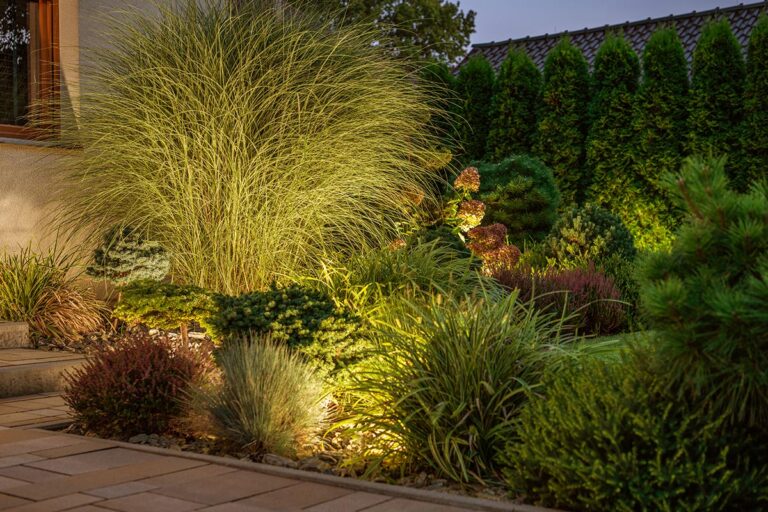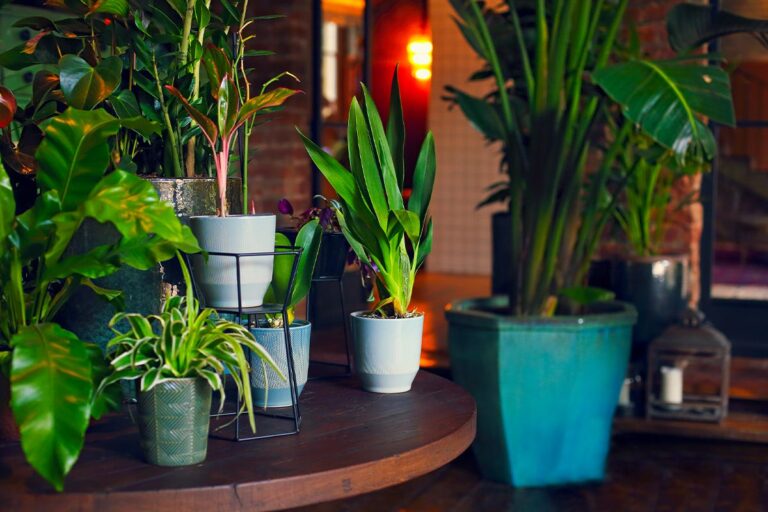Caring for plants can be a rewarding hobby, but it can also be daunting for beginners. However, with a few basic tips and tricks, anyone can cultivate a thriving indoor garden. This guide will break down the essential steps of plant care into easy-to-follow advice.
Understanding Your Plant’s Needs
The first step to successful plant care is understanding your plant’s specific needs. Different plants have different requirements for light, water, and humidity. Research your plant’s native environment to get a better idea of its ideal growing conditions.
Light and Temperature
Light is essential for plant growth. Most houseplants thrive in bright, indirect light. However, some plants can tolerate low-light conditions. If your plant isn’t receiving enough light, consider using a grow light to supplement natural light.
Temperature is another important factor. Most houseplants prefer temperatures between 65-75°F (18-24°C). Avoid placing plants near drafts or heat sources, as these can stress your plants.
Watering Your Plants
One of the most common mistakes made by new plant owners is overwatering. Overwatering can lead to root rot, a fatal condition for many plants. To avoid this, allow the top inch of soil to dry out between waterings.
When watering, water thoroughly until water drains from the bottom of the pot. Avoid letting your plants sit in water, as this can lead to root rot.
Fertilizing Your Plants
Plants need nutrients to grow and thrive. Most houseplants can be fertilized every 2-4 weeks during the growing season (spring and summer). Use a balanced liquid fertilizer diluted to half strength.
Pruning Your Plants
Pruning is an important part of plant care. It helps to shape your plants, remove dead or damaged leaves, and encourage new growth. Use clean, sharp pruning shears to make clean cuts.
Repotting Your Plants
As your plants grow, they will eventually outgrow their pots. Repot your plants every 1-2 years to provide fresh potting mix and room for root growth. Choose a pot that is slightly larger than the current pot.
Common Plant Problems
By following these simple tips, you can create a lush, indoor garden that will bring you joy for years to come.








Your Garden, Our Passion. We’re dedicated to providing you with the highest quality plants and expert advice to transform your space into a vibrant oasis.
© 2025 PLeasent View Nursery Inc. All rights reserved. Privacy Policy | Terms & Conditions